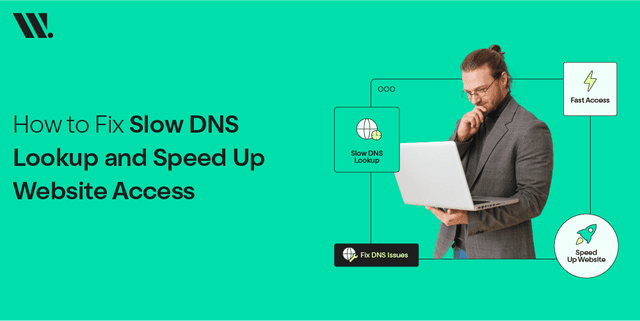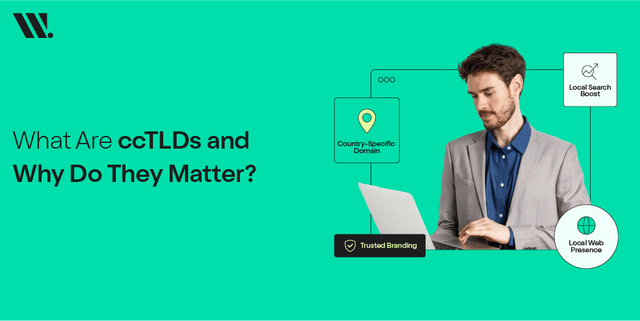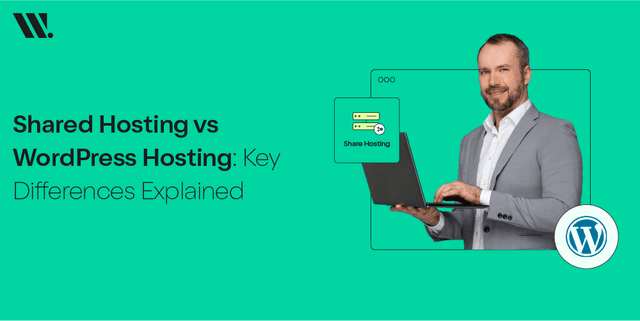2022 had seen a huge surge in the e-commerce industry, with more and more businesses turning to digital solutions like getting business hosting for your site to improve their site to reach their customers in Pakistan.
But what will the future of e-commerce look like? What new trends and technologies can we expect to see in 2023? How can businesses take advantage of these changes and stay ahead of the competition?
In this article, we'll explore five key e-commerce trends you need to know about for 2023.
What Makes E-commerce Trends Vital for Online Businesses?
In the increasingly competitive e-commerce world, keeping up with trends is crucial to stay ahead of the competition along with getting reliable business hosting in Pakistan for your website.
Neglecting to do so can result in falling drastically behind, regardless of your store's current level of maturity.
It's vital to keep looking ahead to ensure future success, particularly in 2023.
Analyzing and adopting e-commerce trends in a timely manner is critical for driving your brand forward and staying ahead of the competition. Here are the top five e-commerce trends to watch out for in 2023:
1. E-Commerce Continues to Grow in Digitally Mature Markets
Certainly, the COVID-19 pandemic has had an enormous impact on e-commerce trends, possibly the most significant impact in recent years.
In response to government shutdowns of stores and extended lockdowns aimed at combating the spread of the virus, people increasingly turned to online shopping to meet their needs.
As a result, businesses that offer business hosting solutions in Pakistan have become more essential than ever to ensure that e-commerce websites are reliable and secure for increased traffic and transactions.
Experts predict that this shift toward online shopping will last long after the current pandemic.
The benefits of contactless payments and the simplicity and convenience of online shopping are becoming more and more commonplace among consumers, which is causing a long-lasting shift in consumer behavior.
Market analysts predict that the e-commerce industry will be the primary beneficiary of the coronavirus pandemic.
Currently, global e-commerce penetration rates stand at 22% but are expected to rise to 27% by 2026.
Even in countries where online shopping is already prevalent, such as the United States, e-commerce adoption rates are predicted to increase from 23% to 31% by 2026.
2. Consumers Hit the Gas Pedal On Online Shopping
There's no mystery as to why e-commerce sales have increased consistently and significantly.
The most common activities on the internet are shopping and browsing. Global e-commerce sales are projected to grow by 12.2% annually through 2023, reaching $6.3 trillion, according to eMarketer.
There is more, though. By 2026, online sales are expected to soar to $8.1 trillion, or about 55.8% more than all e-commerce sales in 2021, according to projections.
Despite being common everywhere, not all regions use online shopping equally. More people are shopping online due to the e-commerce industry's growing popularity.
The comfort and convenience of online shopping are just two factors that contribute to this trend.
Additionally, online buyers now have more trust when making purchases, and websites have improved their user experiences.
People used to be wary of buying things online, but this is no longer the case, as websites have become more user-friendly.
With the help of business hosting in Pakistan, businesses can ensure that their websites are fast, reliable, and secure, which further enhances the user experience and instills trust in online shoppers.
With the numerous benefits that online shopping provides, it's no surprise that e-commerce sales growth appears to be unstoppable.
3. The Social Media Industry's Evolving Role in E-Commerce
The Buy button on Facebook and Instagram Checkout has contributed to the rapid increase of social shoppers.
Social media has transformed the way we live and shop, providing an excellent platform for brands to gain exposure.
By working with Instagram influencers to increase their visibility, e-commerce businesses can profit from the growing number of users spending time on social media.
Additionally, platforms like Shopify allow companies to connect their e-commerce stores directly to social media websites for easy shopping.
With the introduction of Shoppable Ads and direct selling features, TikTok has also grown into a potent social media platform. In order to maximize their impact and reach more potential customers, brands need to give their social media strategy top priority.
Brands must adjust to this customer-centered strategy as social media's influence on e-commerce trends continues.
4. Young Consumers Change the Business Landscape
Online shopping has become increasingly popular across all age groups, but young consumers are leading the shift. Survey results indicate that 80% of consumers aged 25 to 40 now make the majority of their purchases online.
Young consumers prioritize saving money and finding deals, but also value a seamless checkout process and personalized product recommendations from businesses.
To maximize sales potential, e-commerce business owners should focus on targeting the younger generation.
This can be achieved through increased social media marketing efforts, as over 50% of young consumers discover independent brands through social media, more than any other age group.
Additionally, with the help of reliable and secure business hosting, e-commerce businesses can ensure that their websites are optimized with business hosting for mobile devices and have fast loading times in Pakistan.
This is crucial for capturing the attention of younger consumers who are more likely to shop on their smartphones.
5. Personalization Is the Future
Personalized shopping experiences are key to retaining customers and fostering brand loyalty.
Nearly half of the consumers (49%) have expressed interest in becoming repeat customers if offered a personalized shopping experience by a retail brand.
E-commerce sites are noticing this trend and putting money into personalization strategies to improve the online shopping experience. These strategies might include tailored emails and content for particular consumer groups.
With the help of advanced business hosting services, businesses can utilize data analytics and machine learning to better understand their customers' preferences and behavior.
Businesses should provide personalized customer communications, pertinent discounts, and interesting video content to improve the shopping experience and increase customer loyalty. These tactics will aid in developing a bond between the customer and the brand, enhancing the shopping experience and fostering greater brand loyalty.
In conclusion, the e-commerce industry is evolving at an unprecedented pace, and businesses that adapt to the latest trends are best positioned to succeed.
With the continued growth of online shopping, it is essential for businesses to invest in reliable and secure business hosting services to ensure that their websites are fast, optimized for mobile devices, and offer personalized shopping experiences.
To stay competitive in 2023 and beyond, partnering with a reputable business hosting company can provide businesses with the technological infrastructure they need to thrive in the e-commerce landscape.






